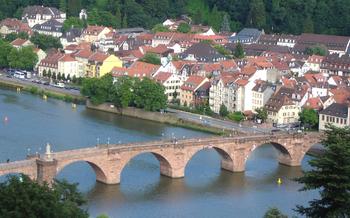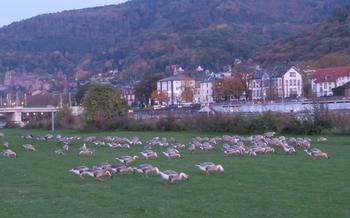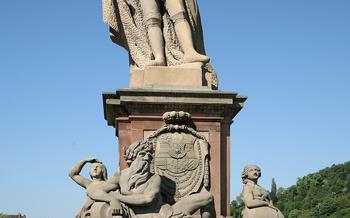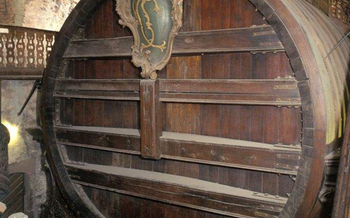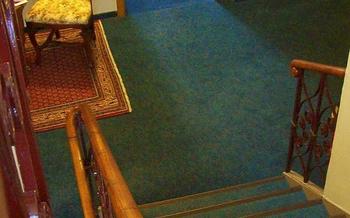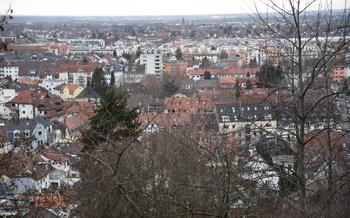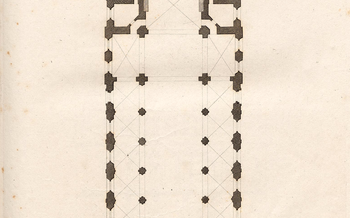
Deutsches Apotheken Museum
- The Art of Herbal Medicine
- The Science Behind the Medicines
- Interactive Exhibits for All Ages
- The Museum's Impact on the Community
The Art of Herbal Medicine
The Deutsches Apotheken Museum delves into the rich history and cultural significance of herbal medicine, showcasing a diverse collection of medicinal plants, herbals, and traditional remedies. Visitors can explore the fascinating world of plants that have been used for centuries to heal and cure. Learn about the ancient practices of herbalists and the role of plants in various cultures around the world.
Highlights of the Collection:
- Rare and ancient herbals, including beautifully illustrated manuscripts that document the medicinal properties of plants.
- Traditional Chinese medicine cabinets filled with exotic herbs and ingredients used in Eastern healing practices.
- A collection of apothecary jars and containers used to store and dispense herbal remedies.
- Interactive displays that allow visitors to identify and smell different medicinal plants.
Practical Tips:
- Join a guided tour to gain insights into the history and uses of specific medicinal plants.
- Participate in hands-on workshops or demonstrations to learn about the art of herbal medicine firsthand.
- Visit the museum's herb garden to see a variety of medicinal plants growing in their natural habitat.
Anecdotes:
- In ancient Egypt, healers used a mixture of honey and herbs to treat wounds and infections.
- The Ebers Papyrus, one of the oldest medical texts in the world, contains over 800 prescriptions using herbal remedies.
- In traditional Chinese medicine, ginseng is considered a powerful herb that promotes longevity and vitality.
The Science Behind the Medicines
The Deutsches Apotheken Museum delves into the fascinating world of pharmaceutical science, showcasing the remarkable advancements that have revolutionized medicine. Through interactive exhibits and informative displays, visitors can explore the intricate processes behind drug discovery, chemical analysis, and the development of modern medicines. Learn about the groundbreaking work of scientists who have dedicated their lives to alleviating human suffering and improving public health. Discover the rigorous testing and regulatory processes that ensure the safety and efficacy of medications. Witness the evolution of drug delivery systems, from traditional pills and potions to cutting-edge targeted therapies. The museum's scientific exhibits provide a glimpse into the ongoing quest for new and innovative treatments, highlighting the vital role of science in shaping the future of healthcare.
Interactive Exhibits for All Ages
The Deutsches Apotheken Museum is not just a place to learn about the history of pharmacy; it's also a place to have fun and engage with the exhibits. Interactive touchscreens, multimedia presentations, and hands-on activities make the museum a great place for visitors of all ages to learn about the world of pharmacy in a fun and engaging way.
Families with children will particularly enjoy the museum's interactive exhibits. The "Alchemy Lab" allows kids to experiment with different potions and ingredients, while the "Medicine Cabinet" lets them explore the history of different medical treatments. There's also a "Virtual Pharmacy" where kids can play the role of a pharmacist and dispense medications to customers.
Groups looking for an interactive experience can book a guided tour or participate in one of the museum's workshops. Guided tours are available in English and German and provide an in-depth look at the museum's collection. Workshops are offered on a variety of topics, including alchemy, herbal medicine, and drug discovery.
One of the most popular interactive exhibits at the museum is the "Pill-Making Machine." Visitors can watch as the machine presses and molds pills, and they can even create their own custom pills to take home.
Whether you're a child, an adult, or a group of friends, you're sure to find something to enjoy at the Deutsches Apotheken Museum. So come on in and explore the world of pharmacy!
The Museum's Impact on the Community
The Deutsches Apotheken Museum is not just a repository of pharmaceutical history; it is also an active participant in the cultural and educational fabric of Heidelberg. The museum's outreach programs extend beyond its walls, connecting with the local community in meaningful ways. One notable initiative is the museum's collaboration with local schools, offering educational workshops and guided tours tailored to different age groups. These programs aim to instill an appreciation for the history of pharmacy and science in young minds, fostering a new generation of curious and informed citizens.
The museum also hosts regular community events, such as themed workshops, lectures by experts in the field, and family-friendly activities. These events provide a platform for dialogue, learning, and engagement, bringing together people from all walks of life to explore the fascinating world of pharmacy. By actively participating in the community, the Deutsches Apotheken Museum not only preserves the past but also contributes to the cultural vitality of the present and future.

